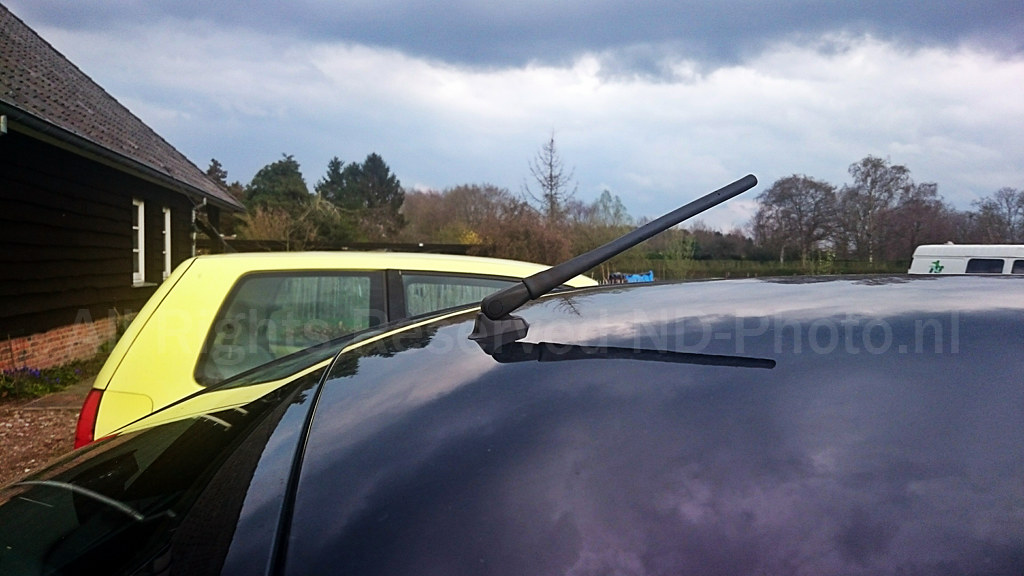Having a TV antenna in your car can be a fantastic way to keep entertained during long drives or while parked. However, just like any other electronic device Car TV Antennas can experience problems. Understanding how to troubleshoot common issues can save you time, frustration, and money. This guide will walk you through the steps to diagnose and fix the most frequent problems with car TV antennas.
1. Understanding Your Car TV Antenna
Before diving into troubleshooting, it’s essential to understand the basics of your car TV antenna. These antennas are designed to receive broadcast television signals while your vehicle is stationary or moving. They come in various types, including:
- Internal antennas: Mounted inside the car, usually on the windshield or rear window.
- External antennas: Attached to the exterior of the vehicle, often providing better reception.
Knowing the type of antenna you have can help you better diagnose issues and find appropriate solutions.
2. Signal Reception Issues
One of the most common problems with car TV antennas is poor signal reception. If your antenna isn’t picking up signals as expected, consider the following steps:
Check Your Location
- Urban vs. Rural Areas: Signal strength varies significantly between urban and rural areas. Urban areas have more obstructions like buildings, while rural areas might be far from broadcast towers.
- Geographical Obstacles: Mountains, hills, and large buildings can block signals.
Antenna Placement
- Positioning: Ensure that the antenna is positioned correctly. Internal antennas should be free from obstructions, and external antennas should be mounted high and clear of metallic surfaces that might interfere with reception.
- Direction: Sometimes adjusting the direction of your antenna can significantly improve signal strength.
Signal Boosters
- Use a Signal Amplifier: If you are in an area with weak signals, consider using a signal amplifier to boost reception.
- Power Supply: Ensure the amplifier is properly connected to a power source.
3. Interference Issues
Interference can disrupt your TV signal, causing poor picture quality or loss of channels. Here’s how to deal with it:
Electronic Devices
- Minimize Electronic Interference: Devices like GPS systems, smartphones, and other electronics can interfere with your TV signal. Turn off unnecessary devices to see if reception improves.
Vehicle’s Electrical System
- Check for Electrical Noise: Your vehicle’s electrical system can cause interference. Ensure that the antenna’s grounding is secure and that there are no loose connections.
External Factors
- Weather Conditions: Rain, snow, and thunderstorms can temporarily affect signal quality. If this is the case, wait for the weather to clear.
- Passing Vehicles: Large vehicles passing by can sometimes cause brief interruptions in signal.
4. Mechanical Issues
Sometimes, the problem lies within the antenna hardware itself. Here’s how to address mechanical issues:
Inspect the Antenna
- Visual Inspection: Look for physical damage to the antenna. Cracks, bends, or breaks can severely impact performance.
- Cable Integrity: Check the antenna cable for any signs of wear, cuts, or kinks. A damaged cable can disrupt signal transmission.
Connections
- Check All Connections: Ensure all connections are secure and free from corrosion. Loose or corroded connections can lead to poor signal quality.
- Connector Type: Ensure the connectors are compatible and properly installed.
Antenna Base
- Mounting Base: Inspect the mounting base for stability. A loose base can lead to signal issues due to movement and vibrations.
5. Technical Issues
Technical problems with the antenna system or the connected TV can also affect performance.
TV Settings
- Rescan for Channels: Sometimes, your TV might need to be rescanned for channels, especially after moving to a new location.
- Correct Input Source: Make sure your TV is set to the correct input source for the antenna.
Firmware Updates
- Update Firmware: Check if your TV or antenna system has any firmware updates available. Updating to the latest firmware can resolve compatibility issues and improve performance.
Power Supply
- Stable Power Supply: Ensure your antenna’s power supply is stable and functioning correctly. An unstable power source can cause the antenna to malfunction.
6. Troubleshooting Specific Issues
Different problems require specific troubleshooting approaches. Here are some common issues and their solutions:
No Signal or Channels
- Check Antenna Connections: Verify all connections between the antenna, amplifier (if used), and TV are secure.
- Scan for Channels: Perform a channel scan on your TV to detect available channels.
Weak or Pixelated Signal
- Reposition the Antenna: Adjust the antenna’s position and orientation to find the best signal.
- Use a Signal Booster: Consider adding a signal booster to enhance reception.
Intermittent Signal
- Check for Interference: Identify and eliminate sources of electronic interference.
- Inspect Antenna and Cables: Ensure there are no damages to the antenna or cables that might cause intermittent issues.
7. Advanced Troubleshooting Techniques
If basic troubleshooting doesn’t resolve the issues, consider more advanced techniques:
Signal Strength Meter
- Use a Signal Meter: A signal strength meter can help pinpoint the exact strength and direction of the signal, aiding in optimal antenna positioning.
Professional Assistance
- Consult a Professional: If troubleshooting becomes too complex, it might be time to consult a professional. They can provide expert insights and solutions.
Antenna Replacement
- Consider Upgrading: If your antenna is old or damaged beyond repair, it might be time to invest in a new, more advanced model.
8. Preventive Measures
Taking preventive measures can help avoid future issues with your car TV antenna.
Regular Maintenance
- Inspect Regularly: Periodically check the antenna and its components for any signs of damage or wear.
- Clean the Antenna: Keep the antenna clean and free from debris, which can affect performance.
Proper Installation
- Follow Manufacturer Guidelines: Ensure the antenna is installed according to the manufacturer’s instructions for optimal performance.
- Secure Mounting: Make sure the antenna is securely mounted to avoid movement and damage.
Protect Against the Elements
- Weatherproofing: Use weatherproofing measures to protect the antenna from harsh weather conditions that could cause damage.
Troubleshooting common issues with your Car TV Antenna doesn’t have to be a daunting task. By understanding the basics of your antenna, addressing signal reception and interference issues, inspecting for mechanical and technical problems, and taking preventive measures, you can enjoy uninterrupted TV viewing on the go. Regular maintenance and timely upgrades can ensure your car TV antenna remains in optimal working condition, providing you with entertainment and convenience wherever you travel.



